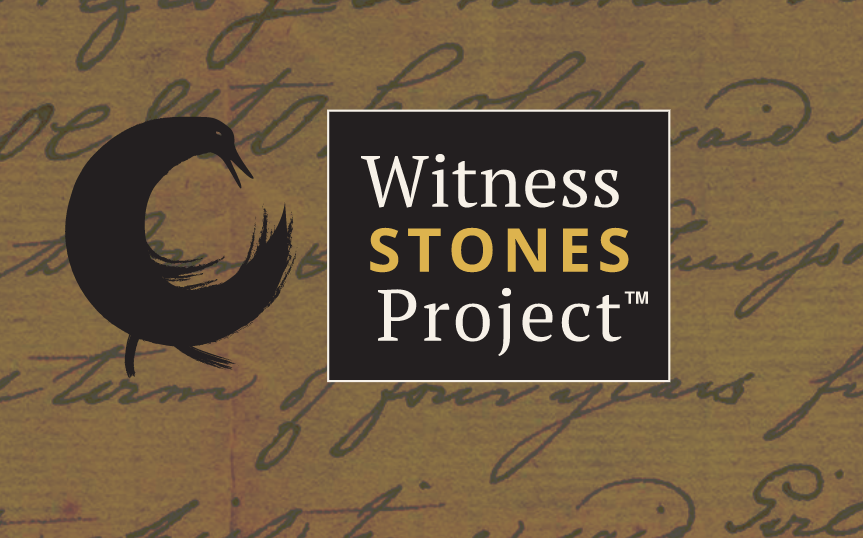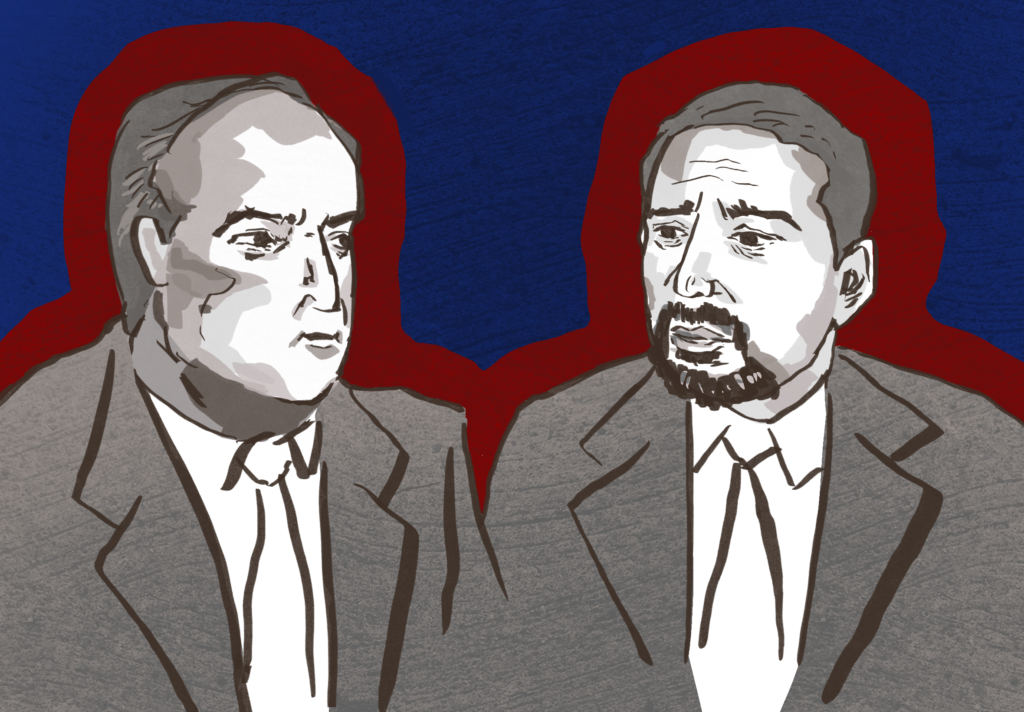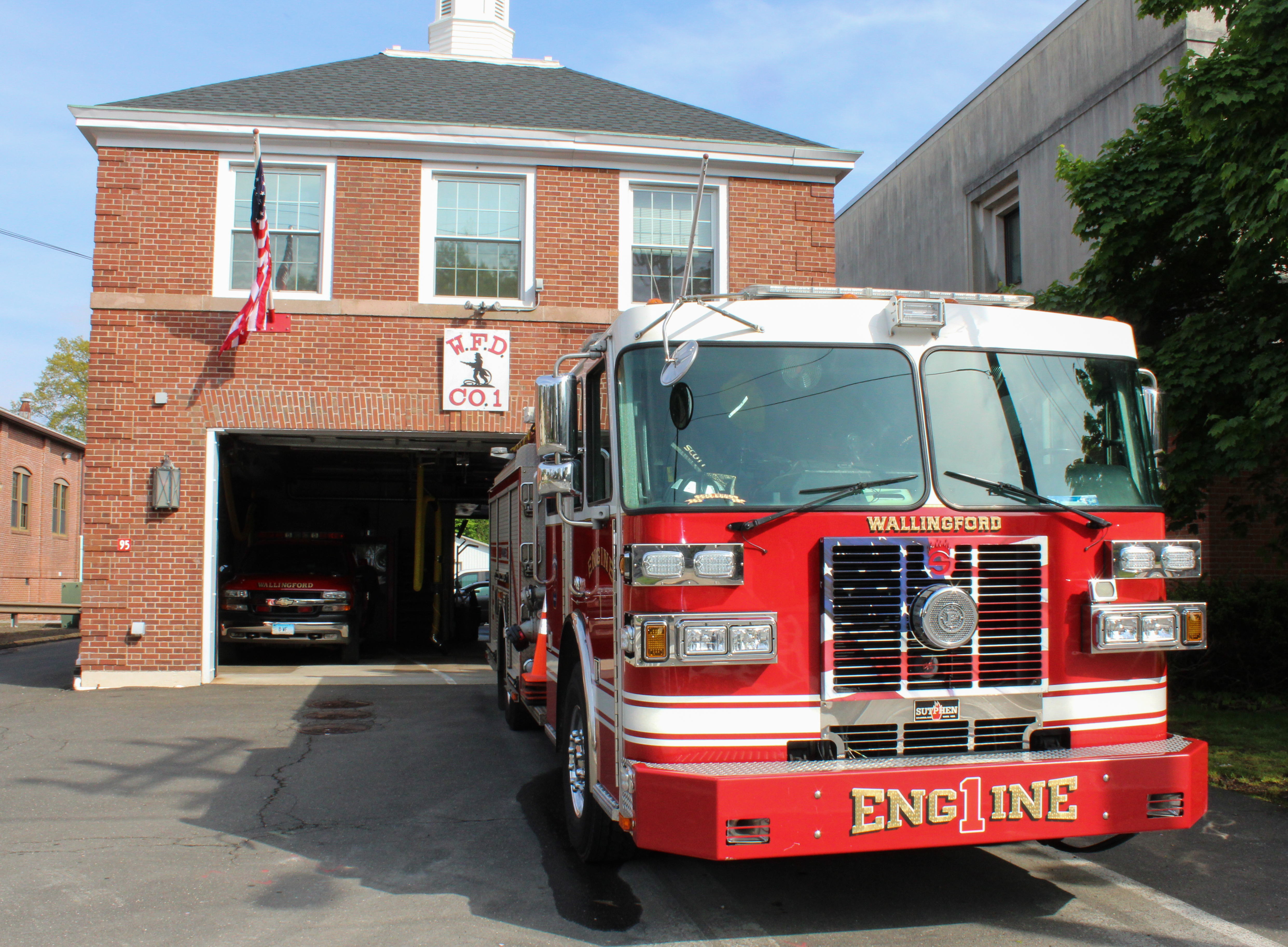

The witness stone for Theophilus Niger at Horse Pond Park in Madison, CT.
In recent months, towns across Connecticut have erected several permanent markers to memorialize the lives of enslaved men and women. The Witness Stones Project, founded in 2017 by Mr. Dennis Culliton, is a nonprofit dedicated to restoring history and honoring the humanity of the enslaved individuals who built our communities. The Project culminates with the installation of permanent markers near where the enslaved people lived, worked, or prayed so that people can be aware of and honor those individuals’ lives and contributions.
The impetus for the Project came after Mr. Culliton was inspired by a suggestion from Mr. Dough Nygren, a Guilford resident familiar with the Stolpersteine Project, an undertaking that has installed thousands of public paving stones to honor victims of Nazi persecution in Europe. Receiving support from by the Stolpersteine organizers, the project has expanded to 40 communities across Connecticut, engaging thousands of students each year. Across Greenwich and West Hartford, the Project collaborated with local historical societies and high schools to spotlight the lives of 56 individuals who had been enslaved.
One of the principal missions of the Witness Stones Project is to guide students’ learning about enslaved individuals in their local towns and share their findings with the broader community. To facilitate this, the organization uses a three-tier curriculum. Students start with a general exploration of enslavement in New England, with a particular focus on the Connecticut colony. Then, students familiarize themselves with reading and interpreting primary source documents. Lastly, students receive primary source documents related to the individual they will be researching and ultimately writing a biographical narrative on. This undertaking strives to help fix incomplete historical records.
Members of the Witness Stones Project team explore local archives and published materials while searching for an individual for students to research. Despite their extensive research, there are still often gaping holes in an individual’s story due to scant information on them. In these cases, Director of Operations Ms. Liz Lightfoot explained that “students have opted to also engage in a creative treatment of the material, writing poetry or creating visual art inspired by their research. Students have also written song lyrics, done a photographic essay based on spaces the individual they researched might have known, and composed music.”
As of this summer, there are three markers in Wallingford: one at the Nehemiah Royce House honoring Dick Freedom, a Revolutionary War soldier enslaved by a member of the Royce family, and two in front of St. Paul’s Episcopal Church, honoring a man and woman named Grace and Esau, who were enslaved by church benefactors. The Project is currently working with Choate on adding a fourth marker to honor Bailey, an enslaved child who lived on what is now the Choate campus.
Over the years, Choate students have also made valuable contributions to the Project, highlighting the lives of a woman named Lettuce Bailey and a man named Theophilus Niger.
Lettuce Bailey, believed to have been born in 1765, was one of the several Africans taken in as property by Reverend Jonathan Todd, minister of the First Congregational Church in present-day Madison, from a ship washed ashore near his town. Bailey was first emancipated after Rev. Todd’s death, as the latter wrote in his will that he had always believed slavery of Africans to be unjust, promising Bailey and others he would free them and provide land and a cow for their use; however, the statement came with the condition that they would “fall under the discretion of [Rev. Todd’s] heirs” if they failed to take care of themselves, which apparently happened shortly after, as Baileywas reverted to the property of Rev. Todd’s nephew.
A year later, in 1792, a new Connecticut law provided enslaved men and women between the ages of 25 and 45 an opportunity to be granted freedom under the condition that they could pass a test indicating they were physically healthy. Bailey managed to pass the test and was emancipated for the second time on November 25, 1793.
Despite her newfound freedom, records suggest a series of hardships in Bailey’s remaining years. Most likely due to economic challenges, she had to bind out her children, effectively making them indentured servants for a specific period. Nonetheless, research into the lives of two of Bailey’s nine children indicates that they seem to have lived their lives committed to freedom and self-determination.
As for Theophilus Niger, little information is known about his birthplace and actual name. After thorough research, the team estimated that Theophilus was likely born sometime around 1720, a date they used for his Witness Stones Project’s marker.
The records on Niger revolve mostly around his enslavement by Thomas and Abigail Hodgkin in Guilford for much of his life. One of these records was for the First Congregational Church of East Guildford, which shows the marriage of Theophilus to Penelopy Tantipen that was officiated by Rev. Todd, the enslaver of Lettuce Bailey.
Like Bailey, Niger was also promised by Thomas Hodgkin’s first draft of his will to be left with two plots of land and freed after Mrs. Hodgkin’s death. Although Thomas Hodgkin later rewrote his will to leave Niger with only one plot of land, giving the other to his nephew, Jedediah Coe, the latter offered Niger a plot of land out of “consideration of the respect and goodwill.”
While land purchase documents have helped the team confirm Niger’s freedom by 1761, it was determined that he died 10 years later at around 50 years old.
Bailey Lettuce and Theophilus Niger are just two of the 72 individuals whose stories have been restored and whose lives have been honored by the Witness Stone Project. Reflecting on her experience participating in the Project, Ms. Lightfoot said, “For me, one of the greatest takeaways from this work is that we are all connected to this history, whether through our family histories or simply through the fact that we live here, and its legacy is part of our ongoing reality.”




